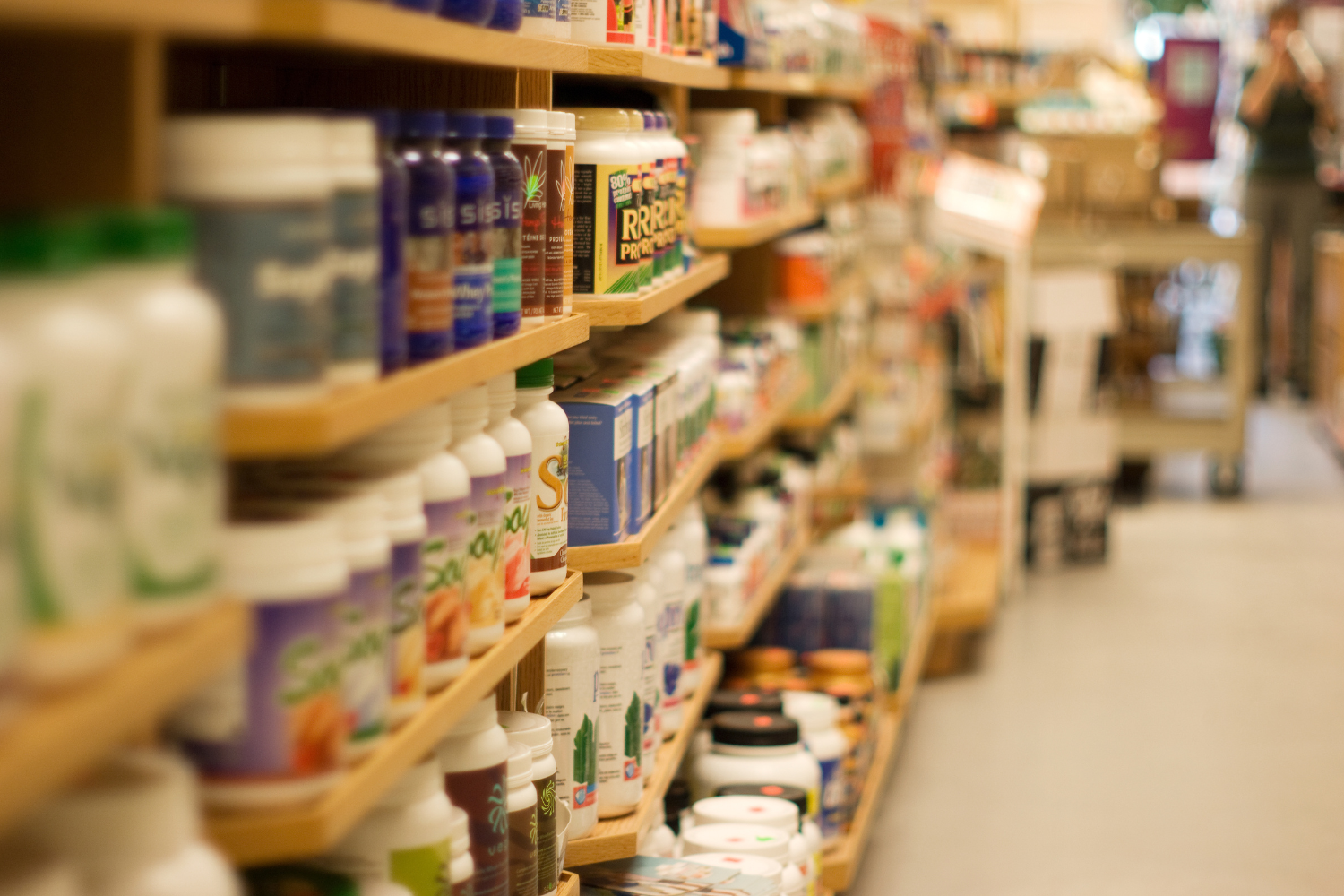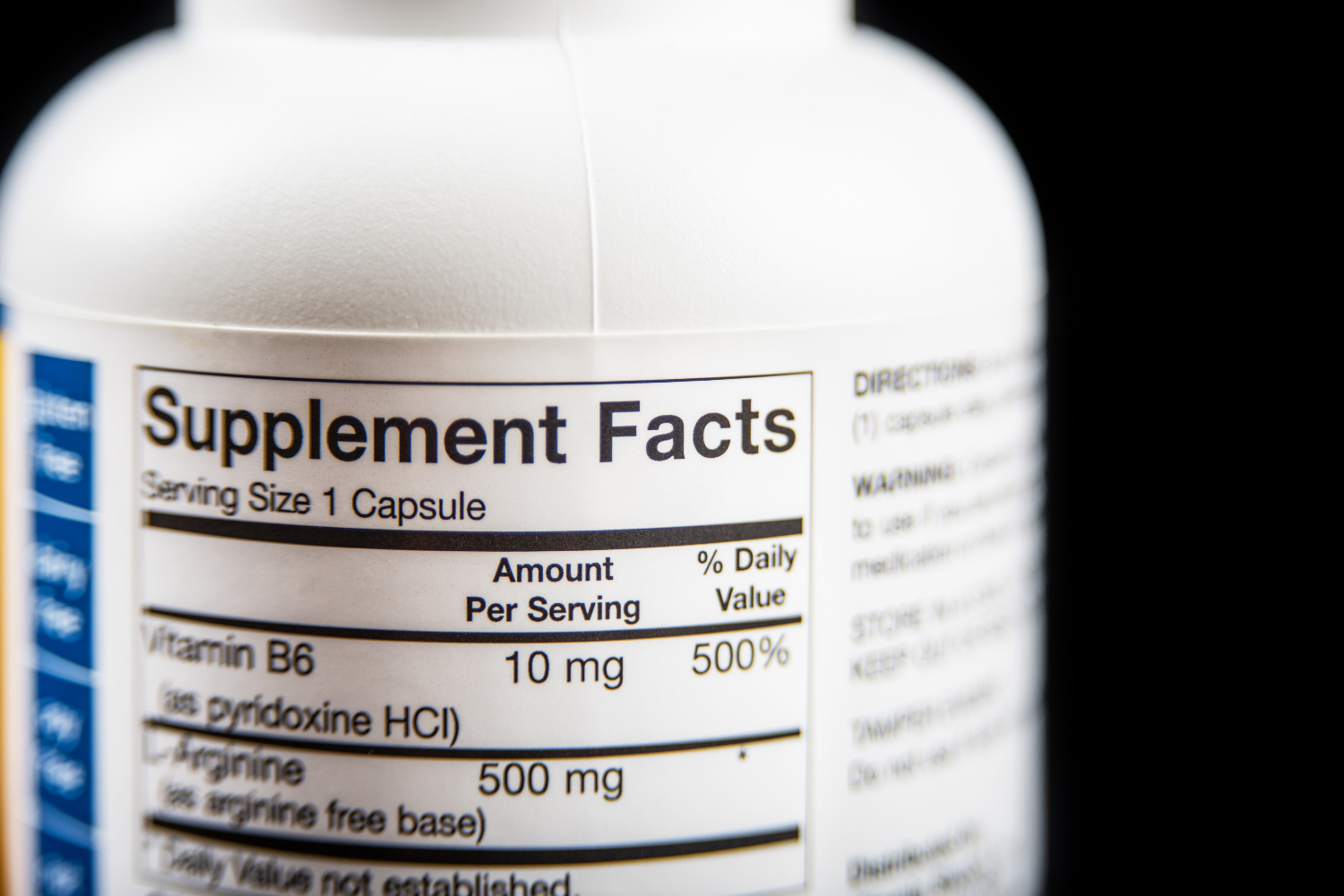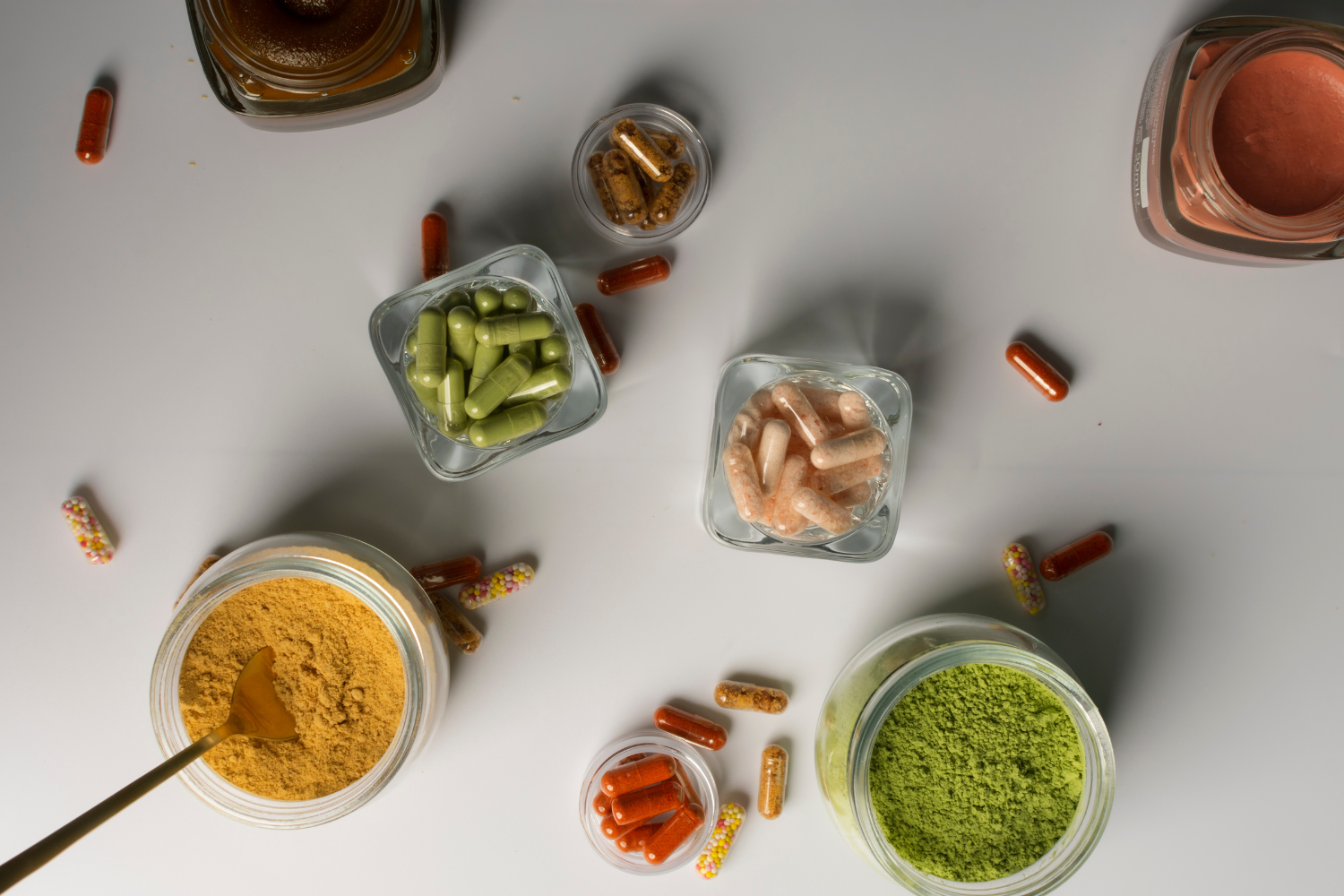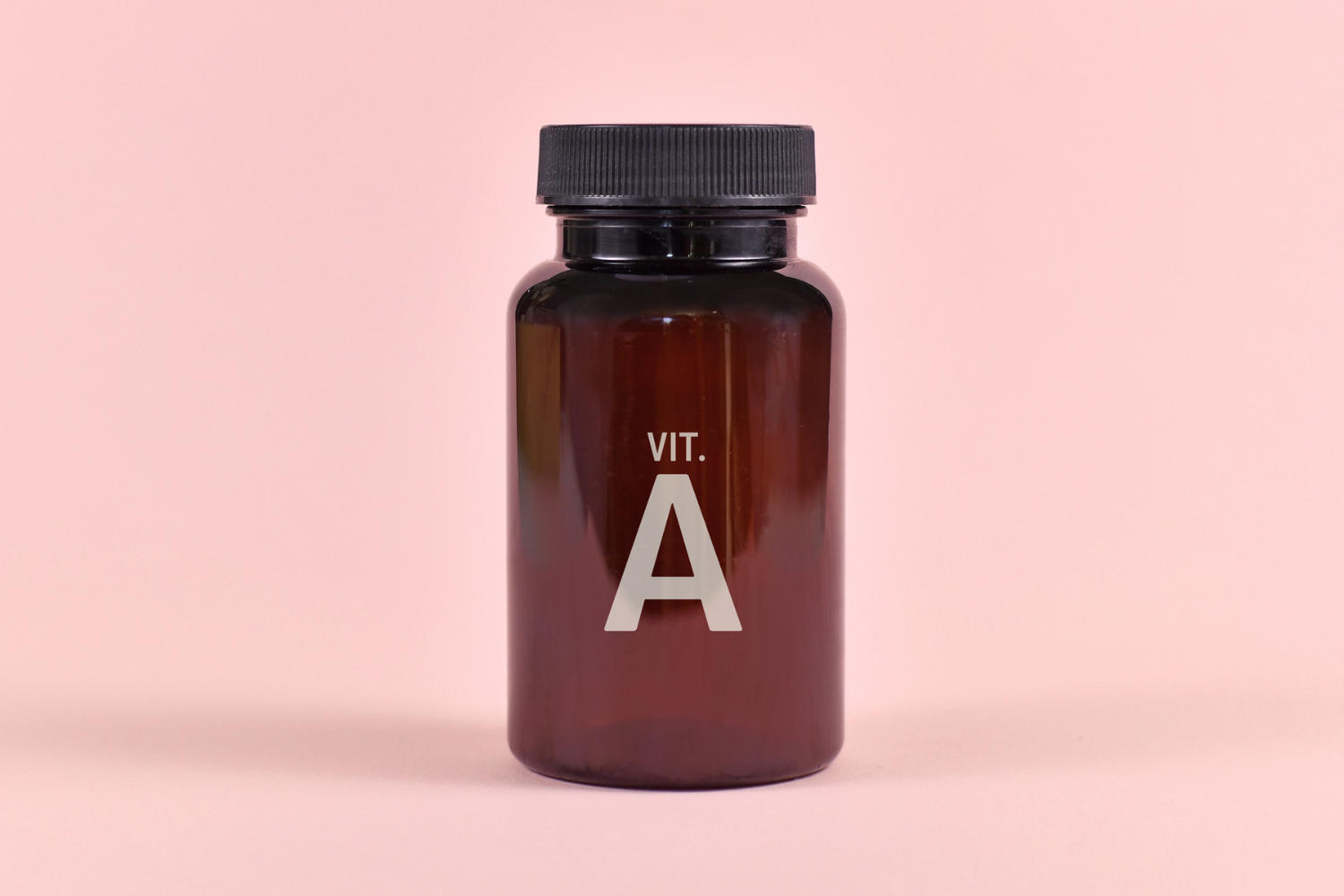Choosing the correct pill bottle dimensions is crucial for supplement businesses, impacting everything from product preservation to customer satisfaction. The size of the bottle affects not only how much the product fits but also its preservation and shelf life, especially for products sensitive to light or moisture. Proper bottle sizing reduces oxidation, which can degrade the quality of certain supplements like vitamins and probiotics.
Whether you’re packaging capsules, pills, or powders, selecting the perfect medicine bottle size ensures easy filling, proper storage, and compliance with industry standards. This guide will walk you through the key factors, including capsule size, bottle capacity, and the variety of colors and types available, helping you find the ideal bottle size for your supplement brand. Let’s explore how to match your product to the perfect bottle for optimal results.
Why Bottle Size Matters for Supplement Businesses
Choosing the right bottle size for your supplements is essential for creating a strong first impression and boosting your brand’s appeal. A well-sized pill bottle, whether amber, blue, or green, can communicate quality and professionalism, helping your product stand out on the shelf or online. The right size also reflects your brand’s attention to detail, showing customers you care about delivering a well-packaged product.
Beyond aesthetics, a bottle’s functionality is key to customer satisfaction. If a bottle is too large, capsules and pills may rattle, creating a negative experience. On the other hand, an appropriately sized bottle ensures easy filling, secure sealing with the cap, and better product preservation. Customers appreciate a package that’s practical, easy to use, and saves space in their cabinets.

Regulatory Considerations for Supplement Packaging
When choosing the right bottle size, it’s essential to consider FDA guidelines for supplement packaging, particularly labeling. Your pill bottle must have enough space to display critical information like ingredients, dosage instructions, and safety warnings. An oversized bottle may cause the label to appear lost, while a smaller bottle might not leave enough room for all the required details.
Moreover, the FDA requires that supplement labels include information like the Supplement Facts panel, serving size, and health claims. Sufficient bottle space is critical for ensuring compliance with FDA regulations and avoiding legal issues related to mislabeling.
Ensuring compliance with supplement packaging laws means choosing the correct bottle size based on your product type. Whether you’re dealing with capsules, pills, or powders, the bottle must hold the proper quantity while allowing enough space for a readable and compliant label. Proper sizing also helps you avoid costly penalties for mislabeling.

Key Factors to Consider When Choosing Bottle Size
Selecting the right pill bottle dimensions involves factors impacting your brand, such as customer satisfaction and regulation compliance.
Product Type and Formulation
The type of supplement you offer—capsules, pills, powders, or liquids—will greatly influence your choice of bottle size.
Capsules, Tablets, and Pills
The best bottle size for capsules, tablets, and pills prevents unnecessary space and reduces movement that could damage products. For instance, a smaller medicine bottle is ideal for products with fewer capsules or smaller pills, while a larger bottle accommodates bulk quantities without leaving too much room for rattling. Choosing a bottle that matches capsule size and quantity ensures product integrity and customer satisfaction.
Powders and Liquids
When packaging bulk powders or liquid supplements, the bottle size must match the product’s volume. Choosing a bottle that provides enough space for scooping while preventing overflow is essential for powders. For liquids, a bottle with a secure cap and easy-pour design ensures spill-free dispensing. Accurate sizing helps your customers use the product effectively, improving their overall experience.

Serving Size and Dosage
Your supplement’s serving size and dosage directly influence your desired bottle size.
Matching Bottle Size to Product Quantity
Calculate the number of servings your supplement offers to select the right bottle. If you’re selling pills, you’ll want a pill bottle that holds the exact quantity of capsules or tablets. For powders, choose a bottle that comfortably fits the required number of scoops, and for liquids, ensure the bottle holds the appropriate number of servings with some extra room for easy pouring.
Avoiding Oversized or Undersized Bottles
Using the correct bottle size can save your brand from potential waste or dissatisfaction. Oversized bottles might mislead customers, making them think they are getting more products, while undersized bottles could make your product feel cramped or underwhelming. A perfectly sized bottle keeps your product secure and maintains customer trust.
Shelf Space and Storage
Your pill bottle size affects how your product is displayed and how efficiently it can be stored and shipped.
Impact on Retail and Online Sales
In retail, the bottle size significantly affects shelf presence. A well-sized item can grab attention without overcrowding the display. Similarly, in online sales, the bottle size in product images can impact how customers view your item. If the bottle size matches the number of capsules or pills being sold, it reinforces trust and professionalism.
Space-Efficient Packaging for Shipping and Storage
For e-commerce businesses, bottle size is crucial in shipping and storage costs. A smaller bottle with the right quantity of capsules or pills can save space, reducing shipping fees and storage space requirements. Space-efficient packaging also makes it easier to stack and store inventory, improving overall logistics for your business.
Common Bottle Sizes for Supplements
Supplement bottles come in various sizes, each suited to different product types and quantities. Here’s a look at the most common pill bottle dimensions and their uses.
Small Bottles (30-60 mL or 30-100 cc)
Small bottles are perfect for products that require minimal space, making them ideal for travel or sample-sized supplements.
Ideal for Travel-Sized Supplements
Small pill bottles, typically between 30-60 mL or 30-100 cc, are often used for single-serving or trial-sized supplements. These smaller bottles are great for consumers on the go, offering convenience and portability. They are also ideal for promotional samples or limited-use items, such as a week’s supply of pills or capsules. However, remember that trial-sized supplements must comply with FDA regulations for accurate ingredient listing and packaging requirements, even for small sizes.
Common Applications for Small Bottles
Small bottles are versatile and can be used for a variety of supplement types:
- Liquid extracts or tinctures
- Small capsule or pill counts (10-30 capsules)
- Concentrated formulas with a lower serving size

Medium Bottles (120-250 mL or 120-300 cc)
Medium-sized bottles are a common choice for standard supplements, balancing quantity and convenience.
Best for Standard-Size Supplement Products
These pill bottles, ranging from 120-250 mL or 120-300 cc, are typically used for products with moderate serving sizes:
- Daily vitamins and multivitamins
- Supplements with 30-60 servings per bottle
- Capsules, pills, or tablets for regular, daily use
Ideal Capsule and Powder Packaging
Medium bottles are widely used for packaging capsules, pills, and powders. They offer enough space for easy filling while maintaining proper storage capacity. They are suitable for most standard products, like vitamins, minerals, and powdered supplements with moderate servings. The right capsule size and bottle dimensions ensure product safety and customer satisfaction.
Large Bottles (500-1000 mL or 500-1000 cc)
Large bottles are typically used for high-volume supplement products that need extra storage space.
Best for Bulk Supplements
Large bottles, ranging from 500-1000 mL or 500-1000 cc, are perfect for bulk supplements such as protein powders, high-count capsules, and liquid supplements. These bottles allow customers to buy in larger quantities, which is ideal for long-term use.
Cost-Efficiency for Larger Quantities
Choosing larger bottle sizes can offer cost savings for both manufacturers and consumers. Bulk supplements, like protein powders or large capsule quantities, often come in bigger bottles to reduce packaging waste and provide value for customers. This also reduces the price per serving, making it more affordable for those purchasing larger quantities.
Packaging Considerations for Different Bottle Sizes
When choosing bottle sizes, it’s important to consider how packaging impacts production, shipping, and storage costs for your supplement business.
Filling and Packaging Costs
The size of your pill bottle affects storage capacity and the overall cost of production and shipping.
Cost Implications of Larger vs. Smaller Bottles
While larger bottles may reduce production costs per unit by allowing more capsules, pills, or powders to be packed in one container, their size and weight can also increase shipping costs. On the other hand, smaller bottles save on shipping but may require more packaging material if customers order in bulk.
Bottle Size and Label Design
Your bottle size affects the space available for branding and regulatory information. For example, larger bottles provide more room for logos, product details, and required FDA information, whereas smaller bottles limit label space.
In addition, the Supplement Facts panel and any health claims must follow FDA guidelines, and the space limitation on smaller bottles may make it more challenging to fit all required information. This can affect label design and compliance. Therefore, it is crucial to design your labels carefully to ensure all necessary information is included without crowding.
Shipping and Logistics
The size of your supplement bottles directly impacts the cost and efficiency of shipping and storing your products.
Shipping Costs Based on Bottle Size
Due to their weight and volume, larger bottles typically cost more to ship, which can increase shipping fees for e-commerce businesses. Smaller pill bottles are lighter and easier to pack, reducing shipping costs, but they may not be as efficient for bulk orders.
Efficient Packaging for Different Sizes
Efficient packaging can help reduce costs across all bottle sizes. Here are some tips to minimize wasted space:
- Choose boxes that match the bottle size closely.
- Use eco-friendly packing materials to save space and weight.
- Stack bottles efficiently in shipping cartons.
- Avoid excess padding that adds to shipping weight.
- Consider using flexible pouches for certain products instead of rigid bottles.
Customizing Bottle Sizes for Your Supplement Brand
Customizing your pill bottle size is critical to aligning with your brand identity and meeting customers’ expectations. The correct bottle dimensions can set your product apart in the competitive supplement market.
Aligning Bottle Size with Brand Identity
Your pill bottle size and packaging should reflect your brand’s overall message and appeal.
Luxury vs. Budget-Friendly Packaging
High-end brands often choose smaller, premium-feeling bottles to give their supplements a luxurious appeal. A sleek, well-designed capsule or pill bottle can enhance the sense of exclusivity. Meanwhile, budget-friendly brands may opt for larger, more cost-effective bottles, offering consumers more pills or capsules at a lower price point while still maintaining practicality and appeal.

Matching Your Brand’s Niche
Your bottle size and design should reflect these values if your brand targets a specific niche, such as eco-conscious or minimalist consumers. Eco-friendly brands may prefer compact bottles made from sustainable materials. In contrast, minimalist brands might opt for clean, simple designs with smaller pill bottles that reduce excess packaging and align with their aesthetic.
Personalized Bottle Sizes for Unique Products
Custom bottle sizes can help your brand stand out, especially if offering a unique or niche product.
Custom Shapes and Sizes
Creating custom-shaped or uniquely sized bottles is an effective way to differentiate your product on the shelf. A distinctive pill bottle shape or a different capsule size can grab customers’ attention and enhance brand recognition. These custom designs can also improve functionality, offering a more personalized experience for your target audience.
Sizing for Limited Edition or Seasonal Products
Choosing unique bottle sizes for limited-edition or seasonal products can make these items feel more special and exclusive. Here are some ideas:
- Use smaller bottles for limited-quantity runs.
- Offer a larger bottle size for a special holiday promotion.
- Create themed packaging in different colors like amber, blue, or green.
- Use custom-shaped bottles to reflect a seasonal design.
- Introduce trial-sized bottles for a limited-edition flavor or formula.
Eco-Friendly Bottle Size Options
As sustainability becomes increasingly important, choosing the right bottle size can reduce waste and appeal to eco-conscious consumers.
Sustainable Packaging and Bottle Sizing
Selecting the right bottle size helps minimize excess packaging and reduce environmental impact. By choosing appropriately sized bottles, you avoid wasted space and materials. Compact packaging also reduces shipping costs and carbon emissions, helping your brand improve its sustainability efforts. Smaller or perfectly sized pill bottles can make a big difference in reducing overall packaging waste.

Using Refillable or Recycled Bottles
To appeal to eco-conscious consumers, consider using refillable or recycled pill bottles. These options reduce waste and position your brand as environmentally responsible. Many supplement brands now offer products in recycled bottles or provide refillable options to encourage sustainable consumption practices.
How to Choose the Right Bottle Size for Supplement Shipping
Selecting the correct pill bottle dimensions for shipping is essential to ensure compliance with regulations and reduce costs. Let’s explore how to optimize your packaging for supplement shipping.
Shipping Requirements and Regulations
Shipping supplements, especially internationally, requires attention to size and material regulations.
Compliance with Domestic and International Shipping
Your bottle size must comply with specific regulations for domestic and international shipping. Liquid supplements, for example, often require leak-proof, child-resistant caps and bottles that meet liquid shipping standards. Ensuring that your chosen bottle size fits these regulations can prevent issues during transit and reduce the risk of product damage or returns.
Choosing Lightweight Options for Cost Savings
Lightweight bottles can significantly reduce shipping costs, especially for bulk and international orders. By selecting smaller, lighter pill bottles made from materials like HDPE or PET, you lower the overall package weight and the shipping cost. For e-commerce, these lightweight options are especially beneficial when calculating shipping fees.
Shipping in Bulk
Shipping supplements in bulk requires careful planning to balance efficiency and cost.
Cost-Effective Packaging for Large Orders
When shipping large quantities of pills or supplements, it’s essential to pack them efficiently. Using appropriately sized bulk bottles minimizes packaging waste and maximizes space within shipping boxes. Opt for stackable designs to improve shipping logistics and reduce costs.
Calculating Shipping Costs Based on Weight and Volume
Here are tips to calculate shipping costs efficiently:
- Weigh your bottle with the full product to assess shipping weight.
- Measure the total volume to calculate dimensional weight.
- Choose the smallest possible bottle size that still fits your product.
- Use lightweight packing materials to reduce overall shipping weight.
- Consider flat-rate shipping options for heavy or bulk orders.

Examples of Popular Bottle Sizes in the Supplement Industry
Many successful supplement brands strategically choose bottle sizes to balance cost, convenience, and customer satisfaction.
Brand Example 1: Medium-Sized Vitamin Bottles
Ritual Vitamins, a famous brand known for its minimalist and transparent approach, uses medium-sized bottles (around 120-250 mL) for its daily vitamin range. These bottles are designed to hold a one-month supply of capsules, offering the right balance between convenience and cost-effectiveness for customers who prefer monthly refills.

Brand Example 2: Bulk Protein Powder Bottles
Boots, a leading pharmacy chain, utilizes large 500 mL HDPE bottles for its bulk protein powders and multivitamin packs. These bottles accommodate larger quantities, providing customers long-term value while maintaining easy storage and shelf visibility. The use of larger bottles also helps the brand reduce per-unit packaging costs, contributing to its overall cost efficiency.
Determine the Suitable Supplement Bottle Size for Your Products
Choosing the right bottle size for your supplements is essential for product preservation, customer satisfaction, and operational efficiency. From considering the product type—whether capsules, powders, or liquids—to determining the correct serving size and understanding shipping costs, each factor plays a crucial role in your decision.
Balancing practicality with cost and branding ensures you meet customer needs while optimizing your supply chain. Choose the perfect pill bottle size today to enhance your product’s appeal and ensure smooth logistics for your supplement business.
Frequently Asked Questions
What is the standard bottle size for vitamins and supplements?
The most common sizes for vitamin and supplement bottles range from 120 mL to 250 mL for products with 30-60 servings.
How do I calculate the right bottle size for liquid supplements?
To calculate the correct size, measure the total liquid volume needed per serving and multiply by the number of servings per bottle.
Can I use the same bottle size for capsules and powders?
While similar bottle sizes can be used, powders often require more space for scoops and volume than capsules.
What are the benefits of using lightweight bottles for supplements?
Lightweight bottles reduce shipping costs, improve handling, and minimize environmental impact due to less material use.
How does bottle size affect supplement shelf life?
Choosing the right bottle size prevents excess air and moisture, which helps preserve the product’s potency and extend shelf life.
References
- U.S. Customs and Border Protection. (2024). Basic Importing and Exporting. Retrieved from https://www.cbp.gov/trade/basic-import-export
- U.S. Department of Agriculture. (2012). Sustainable and Active Packaging for Food Product Safety and Stability. Retrieved from https://www.nal.usda.gov/research-tools/food-safety-research-projects/sustainable-and-active-packaging-food-product-safety
- U.S. Environmental Protection Agency. (n.d.). Sustainable Materials Management. Retrieved from https://www.epa.gov/smm
- U.S. Food and Drug Administration. (2024). Current Good Manufacturing Practices (CGMPs) for Food and Dietary Supplements. Retrieved from https://www.fda.gov/food/guidance-regulation-food-and-dietary-supplements/current-good-manufacturing-practices-cgmps-food-and-dietary-supplements
- U.S. Food and Drug Administration. (2024). Dietary Supplements. Retrieved from https://www.fda.gov/food/dietary-supplements
- U.S. Food and Drug Administration. (2005). Dietary Supplement Labeling Guide: Chapter I. General Dietary Supplement Labeling. Retrieved from https://www.fda.gov/food/dietary-supplements-guidance-documents-regulatory-information/dietary-supplement-labeling-guide-chapter-i-general-dietary-supplement-labeling




